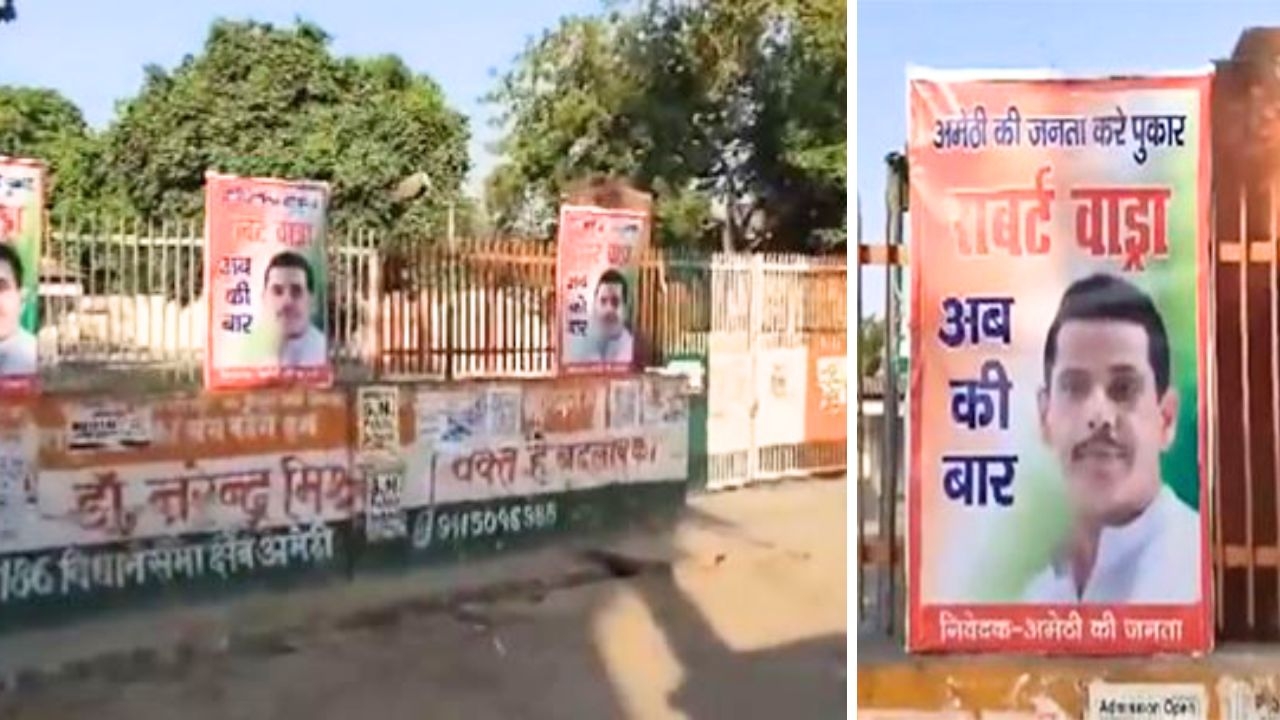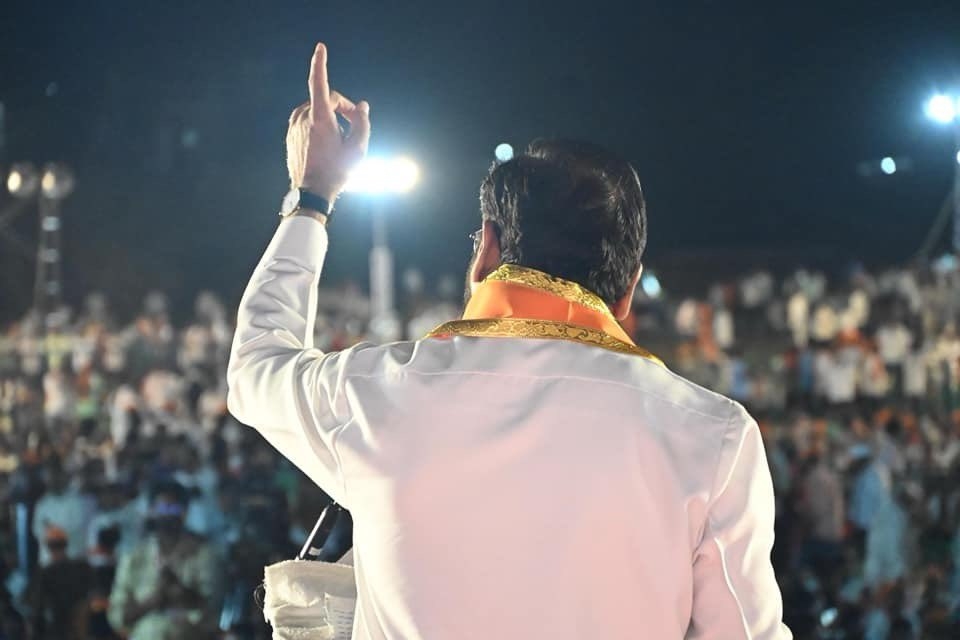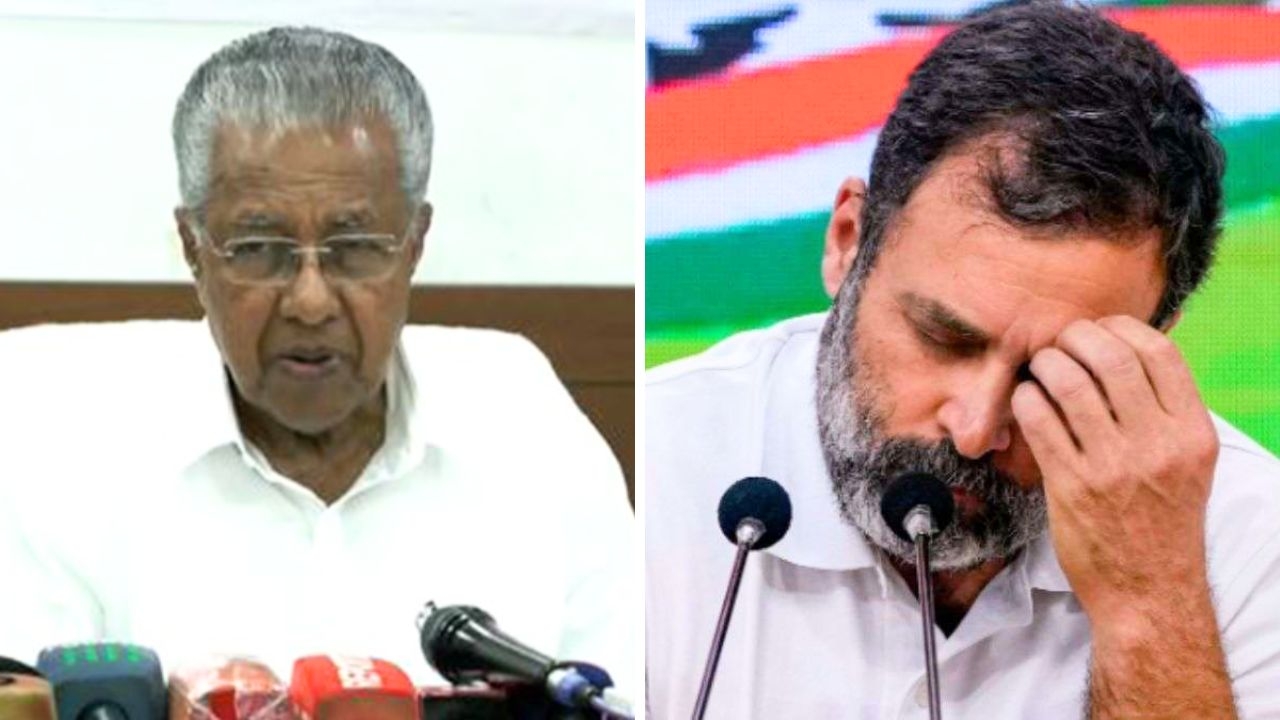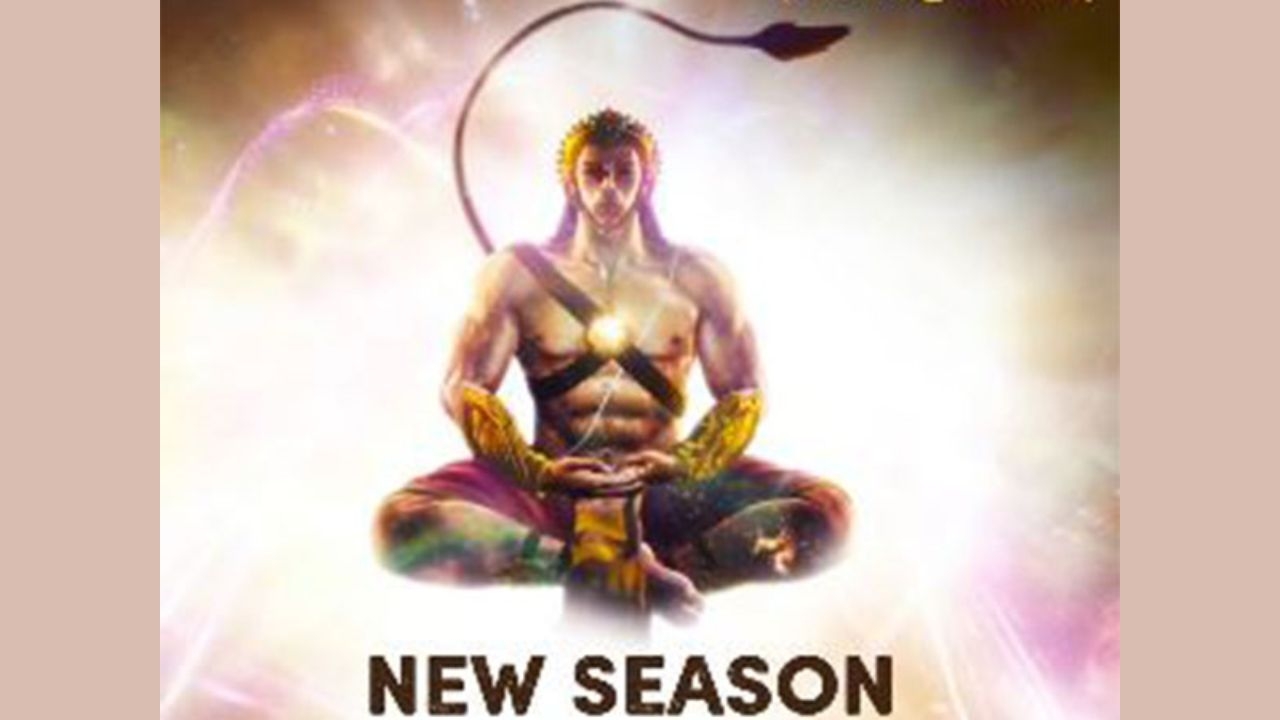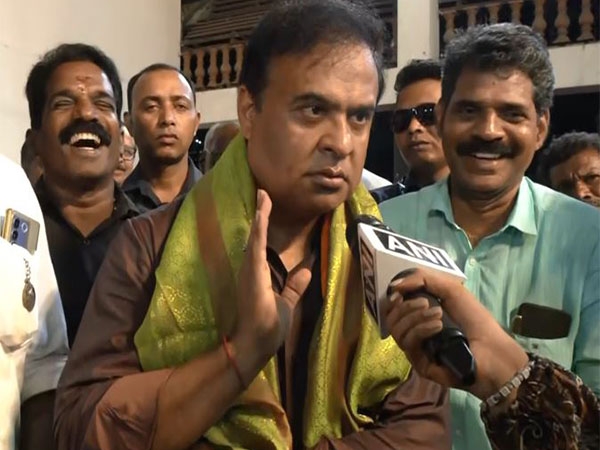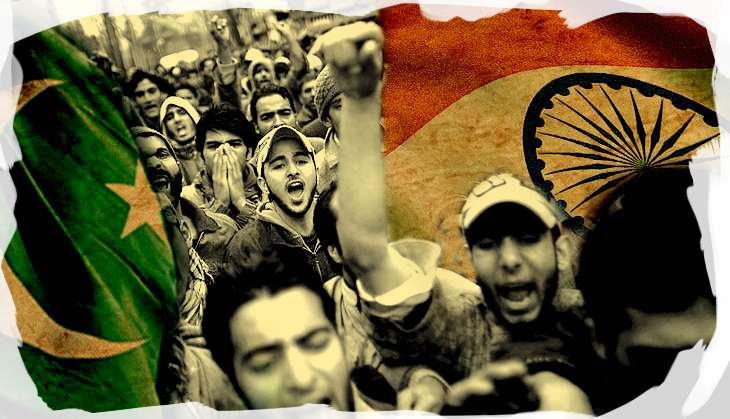
When it comes to the deadly street violence in Kashmir following the killing of young Hizbul Mujahideen commander Burhan Wani, two features stand out.
One, while there was furious stone-pelting by mobs across the valley, no demands accompanied the violent protests. Public agitations in Kashmir, even violent ones, have generally had a theme, and have been accompanied by a set of demands, as the episodes of mass unrest in 2008 and 2010 show.
The absence of a specific core issue can raise uncomfortable questions, as it is in some ways reminiscent of the militancy years between 1989 and 1994.
At that time, the alienation at the popular level had built up to a febrile pitch since the rigged state election of 1987. With Pakistan helping to establish the militancy, and support it with weapons, money, propaganda and personnel, the militants believed the iron was hot and they struck hard.
That confluence of circumstances has not again been replicated. However, what's worrying is that a mood of insurgency - something which sways ordinary people at a broader level, and not support for just terrorism - seems to have been evolving of late, especially since the PDP-BJP coalition government came into being in early 2015.
On more than one occasion in the past eight to 10 months, particularly in the southern part of the valley, the general area where Wani was killed, villagers, including womenfolk, have come out to form a barrier, deliberately impeding operations by the security forces against terrorists, including Pakistani infiltrators.
The disenchantment among the people and sense of being let down has been gathering steam on account of the many failures of the state government and the Centre in a short span of time.
To begin with, the massive Kashmir flood of September 2014, which engulfed Srinagar almost in its entirety, elicited from the Centre a less than modest support by way of relief of Rs 2,000 crore when reasonable estimates were pointing to the need for about Rs 1,00,000 crore.
The developing discontent makes New Delhi's case unconvincing that the recent violence has been the handiwork of Pakistan, although Islamabad does seek to fish in troubled waters, and finds support in the valley from those owing allegiance to the Jamaat-e-Islami ideology and harbouring sympathy for the Hizbul Mujahideen, frequently described as the militant arm of the Jamaat.
Nevertheless, the trigger for the current unrest appears to have been local. Islamabad came in with diplomatic and propaganda support, describing the slain popular local militant Wani as a 'martyr' - rather than 'terrorist' - and Pakistan Prime Minister Nawaz Sharif asserting that Kashmir would accede to Pakistan, but that was days after the violence broke out.
The other feature
The second noteworthy feature of the recent protests is the clamping of unrelenting curfew across the valley for over a fortnight.
Usually the authorities offer brief breaks in the restraint hours to allow people to procure essentials - medicines, baby foods, perishable items. Shops open and shut quickly, and people can stir out. Such moves permit psychological relief, and work as a safety valve. That crutch was not on offer this time around.
The matter was compounded with the separatist leaders calling for a valley-wide 'hartal' or general strike when the curfew was already in effect, in a self-serving way seeking to create the impression that people were heeding their call for protest against 'Indian occupation' and its consequences.
They needed to posture because the action of the violent mobs pelting stones at the security forces generally appeared to be spontaneous in the beginning, unlike in 2010, when the same tactic had been well orchestrated.
Maintaining protracted valley-wide curfew without any relief to ordinary people for 16 or 17 consecutive days appears to have fed the sense of being rudely disregarded by the government in a time of acute psychological distress - exactly the narrative that played out at the time of the terrible flood in 2014, although on that occasion, government offices were themselves under water and unable to offer meaningful assistance.
After the extreme militancy years of the early nineties, veterans are hard put to recall curfew restrictions with no breaks.
The dangers of a pro-Pakistan narrative
There are three segments of opinion in the valley - favouring 'azadi' or having an independent state, remaining with India, and merging with Pakistan. The last option is widely thought to be the least popular.
Nevertheless, pro-Pakistan elements may be said to be the best organised and ready for street action (and also a degree of violence). In the public mind, this is because they have the backing of 'the gun' - the terrorist outfits sheltering in PoK or in Pakistan proper.
Even so, the pro-Pakistan sections pick on issues to agitate about that are likely to have a broad appeal, and are not tied to the objectives of a particular militant group or party. It is noteworthy in that context that the recent violence was to protest the killing of a commander of Hizbul Mujahideen, not by a long chalk Kashmir's most popular militant outfit.
True, Wani had gained popularity on account of his use of social media to connect with fellow Kashmiris, especially the youth. This made him a household name, and his death became a personally felt experience for many. But in political terms, protesting in his name amounted to rallying to a pro-Pakistan cause, not a common valley occurrence.
Contacts in rural Kashmir now report hearing whispers to the effect that, for their own safety, people should stop moving about freely, as this could be the return of 'the bad old days' - when pro-Pakistan militants roamed freely in the villages, extracting revenge from the pro-azadi elements and those backing mainline parties. The corollary of this is the return of 'crackdowns' and cordon-and-search operations, a hated prospect.
Political factors and fallout
This is a terrible, morale-sapping state of affairs. How has this come about? Evidently, the PDP-BJP coalition government has paid little attention to governance and constructive politics and engagement with the people.
The BJP, in particular, has stuck mostly to keeping alive a 'Hindu nationalist' agenda and refrain - through the beef narrative, the high-decibel propaganda about building of secure housing clusters for Kashmiri pandits who left the valley years ago and show no interest in returning, and the hyping up of the incident in the Regional Engineering College in Srinagar earlier this year when some Kashmiri students raised pro-Pakistan slogans. There is not much to show on the positive side.
The PDP, which grew as a 'soft-separatist' regional party, has simply been unable to resist the BJP's onslaught because its legislators seem bent on wanting to enjoy the loaves and fishes of office, and have no desire to rock the boat by interrogating the BJP's political stance.
The government's lack of concern about issues that matter has had a negative fallout on the security front, as well as in the domain of politics, which, in Kashmir, is crucially important on account of the ever-present Pakistan factor. The infiltration of armed jihadist irregulars from the Pakistan side has reportedly increased 200% this year already.
In the area of broader politics, not even a half-hearted attempt been made by the present government to re-start conversations with the civil society and others on matters relating to issues such as 'autonomy', given Kashmir's specific history.
After the militancy years, then-Prime Minister PV Narasimha Rao had got political and electoral processes re-started by undertaking just such an exercise, which gained considerable traction under Atal Bihari Vajpayee.
Momentum was retained with PM Manmohan Singh setting up interlocutors for Kashmir and opening a dialogue on Kashmir with Pakistan that came close to fruition, going by the accounts of participants in the process on both sides.
The present situation looks difficult and volatile - with a communal narrative driving the agenda from one side and causing widespread resentments in the valley. The other side has responded with the witch's brew of similar potency or worse.
Edited by Shreyas Sharma
More in Catch
Kashmir unrest: What are pellets and why it's wrong to call them non-lethal
Stop giving the Kashmir unrest a Hindu-Muslim twist, BJP warns Congress
Kashmir unrest: Mehbooba Mufti meets Rajnath Singh as curfew continues in 5 districts
First published: 2 August 2016, 8:36 IST


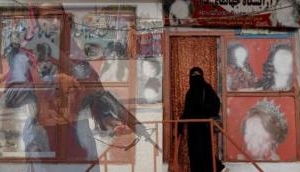
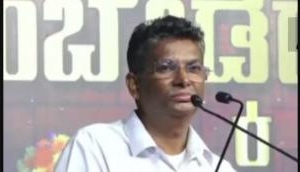

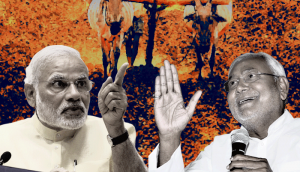
![BJP's Kapil Mishra recreates Shankar Mahadevan’s ‘Breathless’ song to highlight Delhi pollution [WATCH] BJP's Kapil Mishra recreates Shankar Mahadevan’s ‘Breathless’ song to highlight Delhi pollution [WATCH]](http://images.catchnews.com/upload/2022/11/03/kapil-mishra_240884_300x172.png)

![Anupam Kher shares pictures of his toned body on 67th birthday [MUST SEE] Anupam Kher shares pictures of his toned body on 67th birthday [MUST SEE]](http://images.catchnews.com/upload/2022/03/07/Anupam_kher_231145_300x172.jpg)


